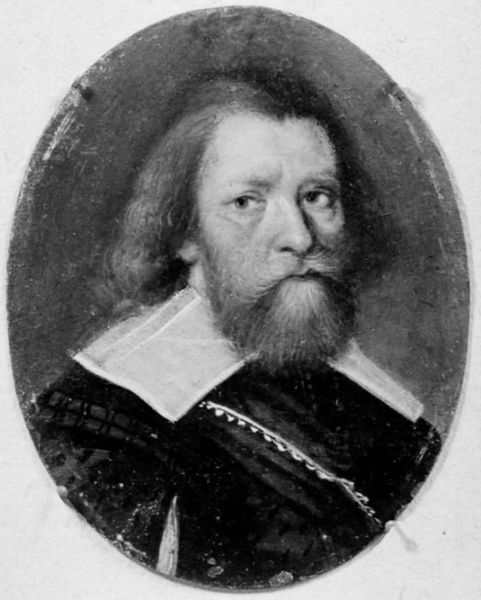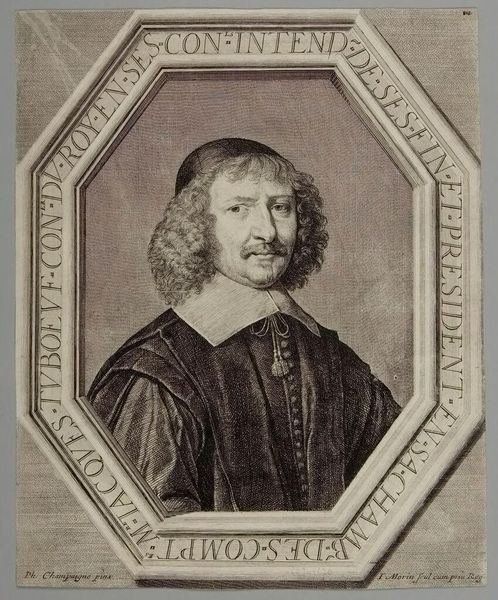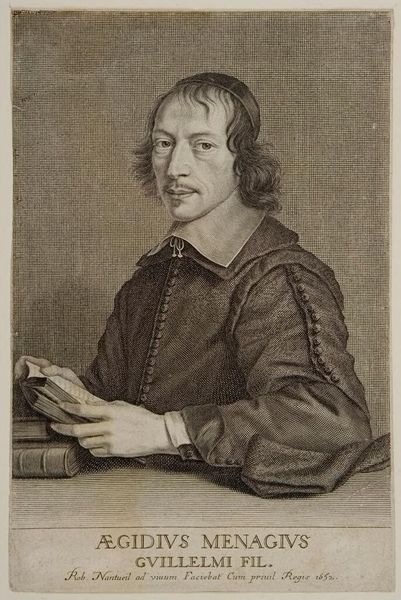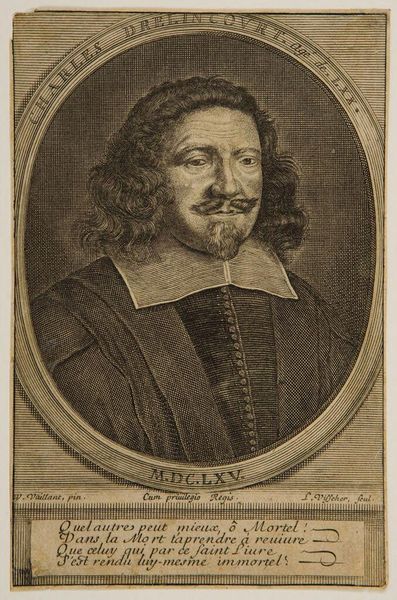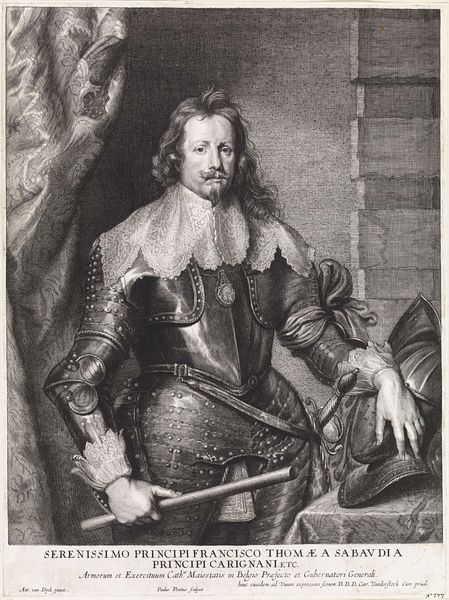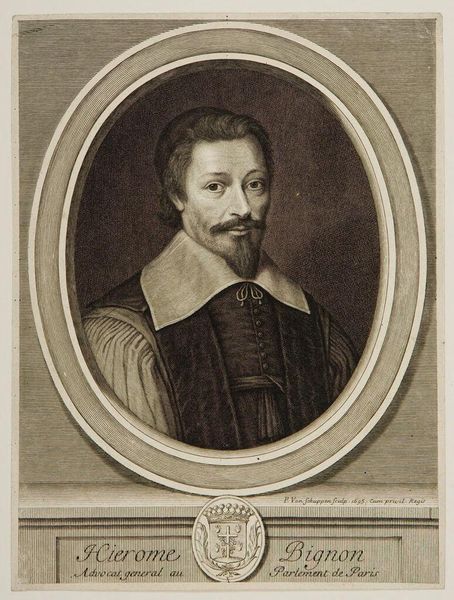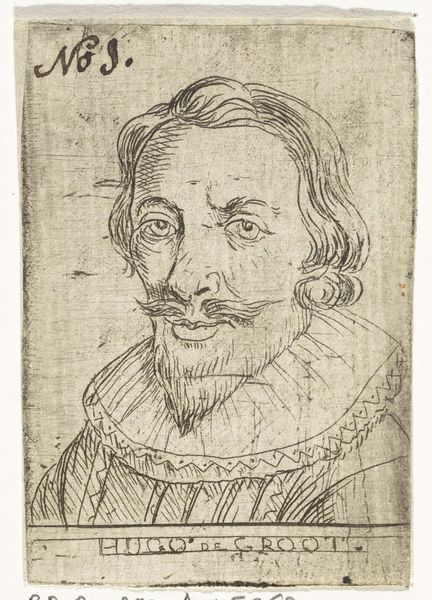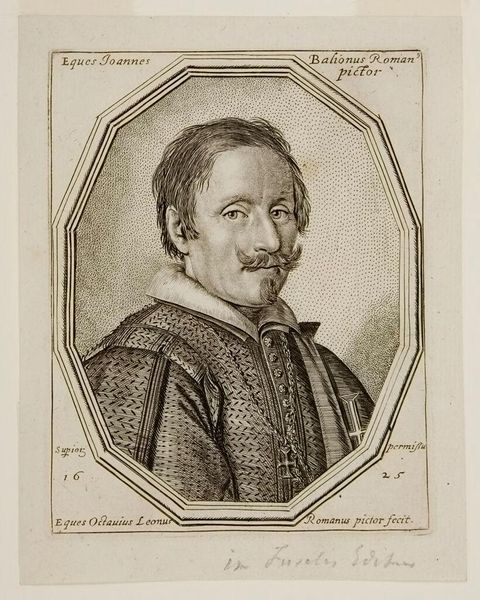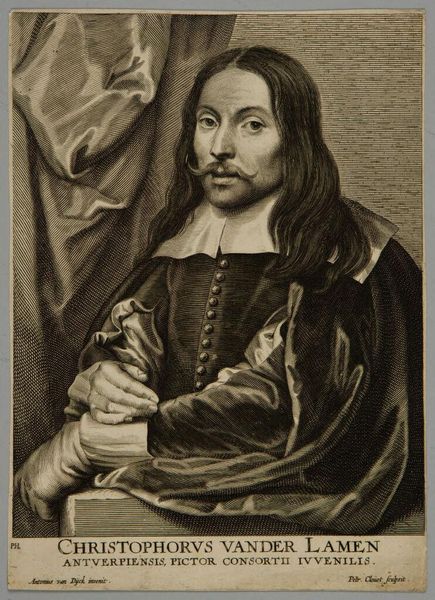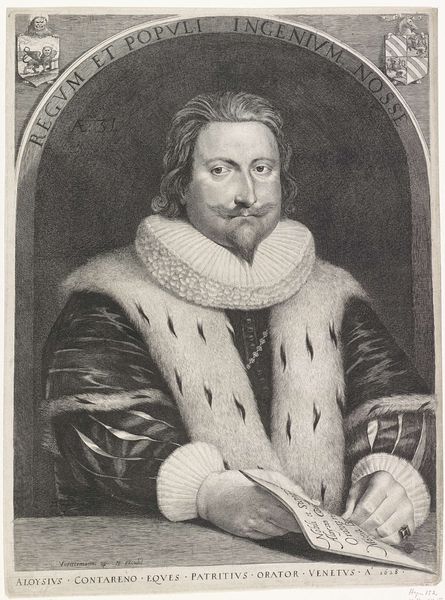
painting, oil-paint, canvas
#
portrait
#
baroque
#
portrait
#
painting
#
oil-paint
#
canvas
#
realism
Dimensions: 42.5 cm (height) x 33.8 cm (width) (Netto)
Curator: This is "Portrait of a Man," an oil on canvas painting housed at the SMK, or the Statens Museum for Kunst. It's listed as being created sometime between 1614 and 1741, and the artist, regrettably, remains anonymous. Editor: The first thing I notice is its muted tonality and somber mood. It's a study in earth tones, rendered with what looks like incredibly loose brushwork, especially in the face. Curator: Yes, let’s consider that canvas, which serves not just as support, but an active participant in the construction of meaning here. The visible weave and the build-up of the oil paint are critical to our understanding of texture and light in the image. Look closely. The formal qualities contribute to a discourse around the material conditions that produced it. Editor: Absolutely, and the anonymity of the artist further underscores this idea. The focus shifts from the artist’s individual genius to the act of creation, the labor involved in stretching the canvas, grinding the pigments, layering the oils. How might class play into this subject’s identity given such clear detail in his face versus what is conveyed to us of his social standing through adornment and attire? Curator: A crucial point. While there's minimal detail regarding background and ornamentation, which steers clear from Baroque grandiosity, notice how the interplay of light and shadow sculpts the face, creating both a sense of realism and perhaps hinting at the psychological depth inherent in the human condition. The geometry of the composition within its oval confines—the implied lines of gaze—lock us into the subject’s perspective and perhaps even invites introspection on our own. Editor: Perhaps also consider that Baroque portraits from the time involved collective work with skilled craftsmen producing both canvases and frames to the exact specifications of wealthy patrons to indicate affluence. The fact of its aging seems also deliberate given the choice of such limited coloring to work from in the first place. Curator: True. Its power comes from restraint, from allowing the material to speak as loudly as the subject’s depicted features. Editor: Well said. It’s a potent reminder that materiality is more than mere backdrop—it shapes our reading, invites reflection on broader systems, and it provides unique interpretations over time.
Comments
No comments
Be the first to comment and join the conversation on the ultimate creative platform.
